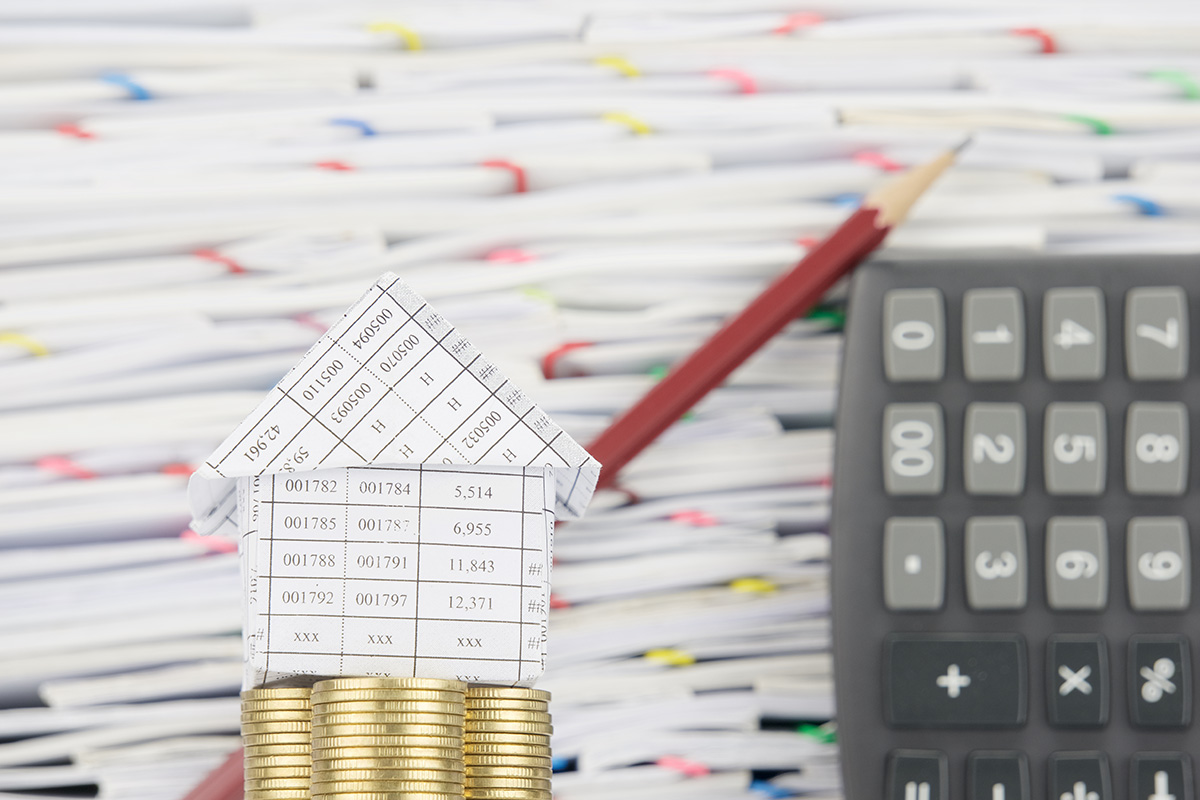
12 Critical Math Formulas Every Real Estate Agent Should Know
When it comes to real estate, numbers are everything. Whether you’re calculating commissions, helping clients understand mortgages, or analyzing investment properties, having a strong command of real estate math will set you apart from the competition. Here’s a comprehensive guide to 12 critical math formulas every agent should have at their fingertips — along with examples to make them easy to apply.
Table Of Content
- 1. Commission Calculation
- 2. Loan-to-Value Ratio (LTV)
- 3. Price Per Square Foot
- 4. Cap Rate (Capitalization Rate)
- 5. Gross Rent Multiplier (GRM)
- 6. Net Operating Income (NOI)
- 7. Debt Service Coverage Ratio (DSCR)
- 8. Break-Even Ratio (BER)
- 9. Appreciation Calculation
- 10. Property Tax Calculation
- 11. Down Payment Amount
- 12. Mortgage Payment Estimate (Principal & Interest Only)
1. Commission Calculation

Formula:Sale Price × Commission Rate = Commission Earned
Why It Matters:
Your commission is your paycheck. Understanding how to quickly and accurately calculate your earnings ensures you can forecast income, split commissions with other agents, and discuss fees with confidence.
Example:
If you sell a home for $450,000 with a 2.5% commission:
$450,000 × 0.025 = $11,250
Pro Tip: Always confirm whether your commission is based on the sale price, listing price, or negotiated adjustments.
2. Loan-to-Value Ratio (LTV)
Formula:(Loan Amount ÷ Appraised Value) × 100 = LTV %
Why It Matters:
Lenders use the LTV to determine how risky a loan is. A higher LTV might mean a higher interest rate or the requirement for mortgage insurance.
Example:
A buyer borrows $320,000 for a $400,000 home:
($320,000 ÷ $400,000) × 100 = 80% LTV
Pro Tip: Many conventional loans require an LTV of 80% or less to avoid private mortgage insurance (PMI).
3. Price Per Square Foot
Formula:Sale Price ÷ Square Footage = Price per Square Foot
Why It Matters:
Comparing price per square foot is a great way to evaluate a property’s value relative to others in the market. It helps buyers and sellers make smarter decisions.
Example:
Home listed for $300,000 with 1,500 sq ft:
$300,000 ÷ 1,500 = $200 per square foot
Pro Tip: Adjust for major differences like lot size, upgrades, or location before comparing directly.
4. Cap Rate (Capitalization Rate)
Formula:(Net Operating Income ÷ Purchase Price) × 100 = Cap Rate %
Why It Matters:
Cap rate helps investors gauge the potential return on an investment property without factoring in financing.
Example:
Net Operating Income (NOI) of $25,000 and a purchase price of $400,000:
($25,000 ÷ $400,000) × 100 = 6.25% Cap Rate
Pro Tip: A “good” cap rate varies by market. Urban areas often have lower cap rates but more stability.
5. Gross Rent Multiplier (GRM)

Formula:Property Price ÷ Annual Rental Income = GRM
Why It Matters:
GRM is a fast and simple way to compare rental properties before diving into more detailed analysis.
Example:
Property costing $500,000 with $50,000 in yearly rent:
$500,000 ÷ $50,000 = 10 GRM
Pro Tip: Lower GRMs generally indicate better investment opportunities — but don’t overlook operating costs.
6. Net Operating Income (NOI)
Formula:Gross Rental Income - Operating Expenses = NOI
Why It Matters:
NOI represents the true profitability of an investment property before financing costs. It’s a critical figure for evaluating investment performance.
Example:
Gross rental income of $70,000 and operating expenses of $25,000:
$70,000 – $25,000 = $45,000 NOI
Pro Tip: Be sure to include property management fees, repairs, taxes, and insurance when calculating operating expenses.
7. Debt Service Coverage Ratio (DSCR)
Formula:Net Operating Income ÷ Debt Service = DSCR
Why It Matters:
Lenders use DSCR to assess whether a property’s income can cover its debt obligations. A DSCR below 1.0 means the property isn’t generating enough income to cover its mortgage payments.
Example:
NOI of $60,000 and annual debt service of $48,000:
$60,000 ÷ $48,000 = 1.25 DSCR
Pro Tip: Most lenders prefer a DSCR of 1.25 or higher for investment property loans.
8. Break-Even Ratio (BER)
Formula:(Operating Expenses + Debt Service) ÷ Gross Income = BER
Why It Matters:
The break-even ratio shows the minimum occupancy needed to avoid a loss. It’s especially valuable when evaluating the risk of a rental property.
Example:
Operating expenses of $20,000, debt service of $15,000, gross income of $50,000:
($20,000 + $15,000) ÷ $50,000 = 0.70 or 70%
Pro Tip: A lower break-even ratio means a property can sustain lower occupancy rates without becoming unprofitable.
9. Appreciation Calculation
Formula:Original Value × (1 + Appreciation Rate) = New Value
Why It Matters:
Understanding property appreciation helps sellers price correctly and buyers anticipate future gains.
Example:
$250,000 home appreciating at 4% per year:
$250,000 × 1.04 = $260,000 after one year
Pro Tip: Real estate typically appreciates over time, but local market conditions can dramatically affect rates.
10. Property Tax Calculation
Formula:Assessed Value × Tax Rate = Annual Property Tax
Why It Matters:
Buyers need to budget for property taxes, and sellers need to accurately represent costs. It also factors into escrow payments.
Example:
A property assessed at $350,000 with a 1.25% tax rate:
$350,000 × 0.0125 = $4,375 annual property tax
Pro Tip: Tax rates vary widely by state, county, and even city.
11. Down Payment Amount

Formula:Purchase Price × Down Payment % = Down Payment
Why It Matters:
Buyers need to know exactly how much cash they’ll need to close. It also impacts loan terms, insurance requirements, and monthly payments.
Example:
20% down payment on a $500,000 home:
$500,000 × 0.20 = $100,000
Pro Tip: Some loan programs allow lower down payments, but often require mortgage insurance.
12. Mortgage Payment Estimate (Principal & Interest Only)
Formula (Simplified):Loan Amount × (Interest Rate ÷ 12) = Monthly Interest Estimate
Why It Matters:
Being able to quickly estimate monthly payments helps buyers understand affordability — and helps agents close deals faster.
Example:
$300,000 loan at a 6% annual rate:
$300,000 × (0.06 ÷ 12) = $1,500 estimated monthly interest
Pro Tip: This is a rough estimate! A full mortgage payment typically also includes taxes, insurance, and HOA dues.
Final Thoughts
Real estate is as much about smart calculations as it is about smart negotiations. Mastering these 12 formulas ensures you can guide your clients with authority and make data-driven decisions for yourself and your business. Whether you’re helping a first-time buyer, seasoned investor, or negotiating your next listing agreement, knowing your numbers gives you a massive competitive advantage.


